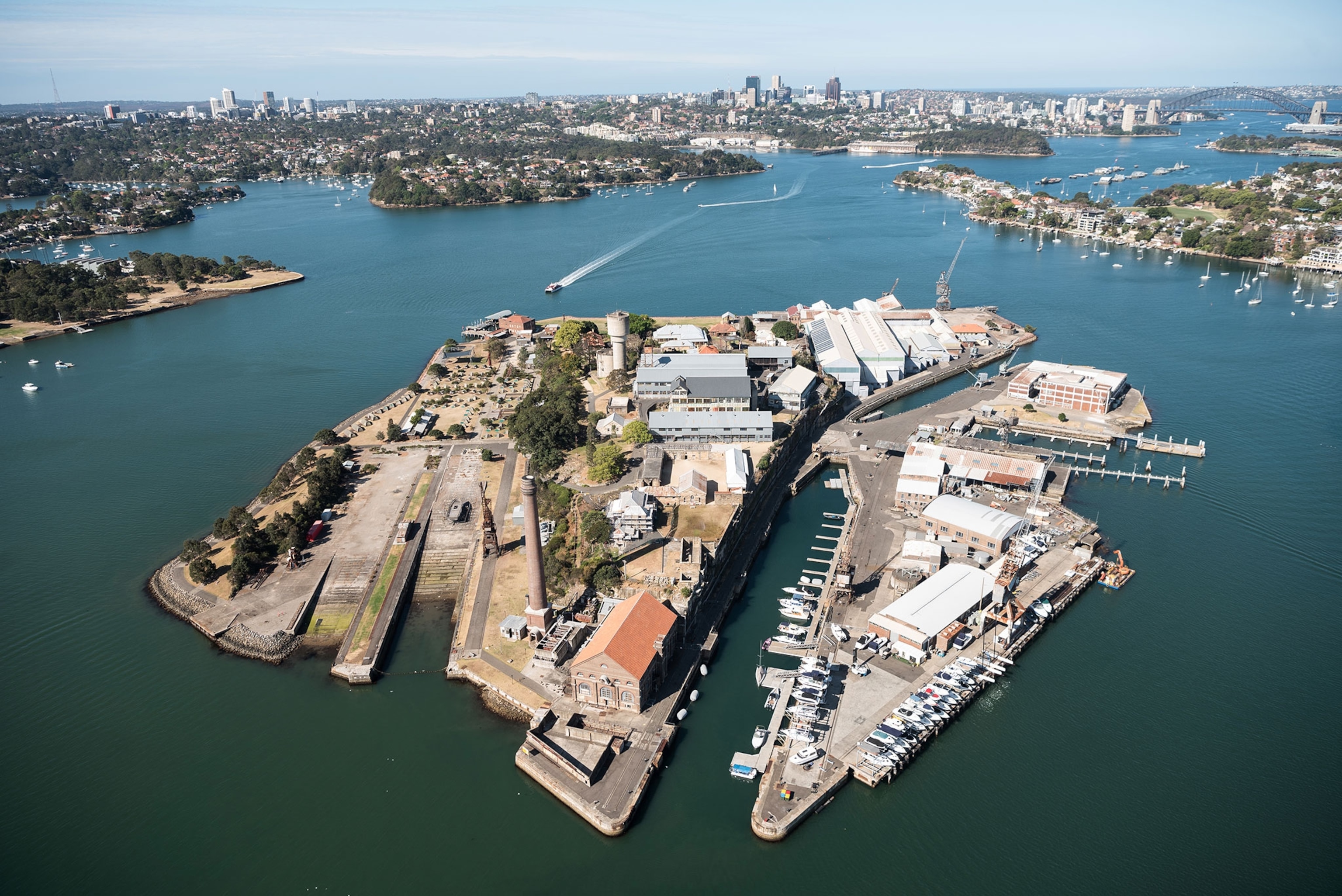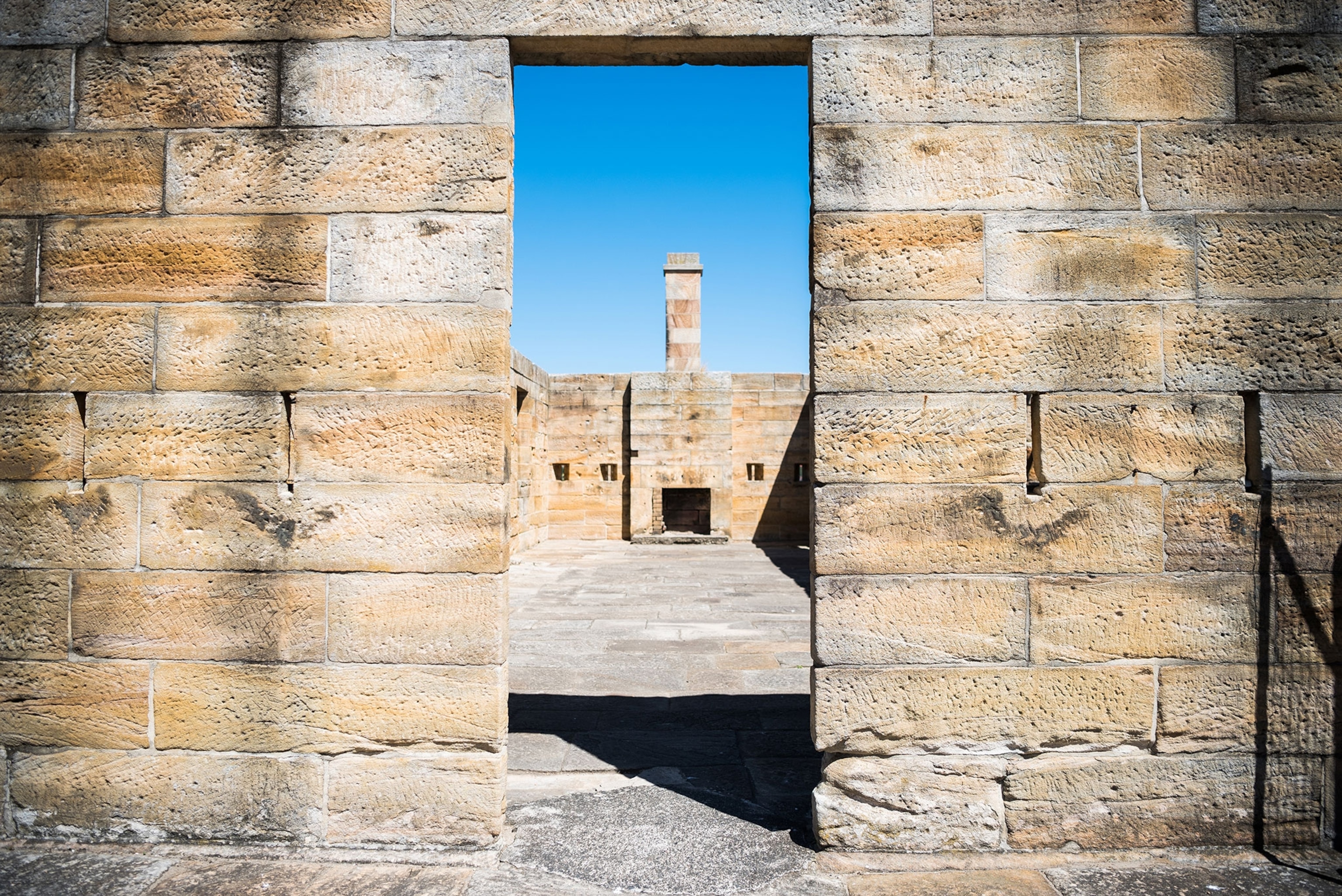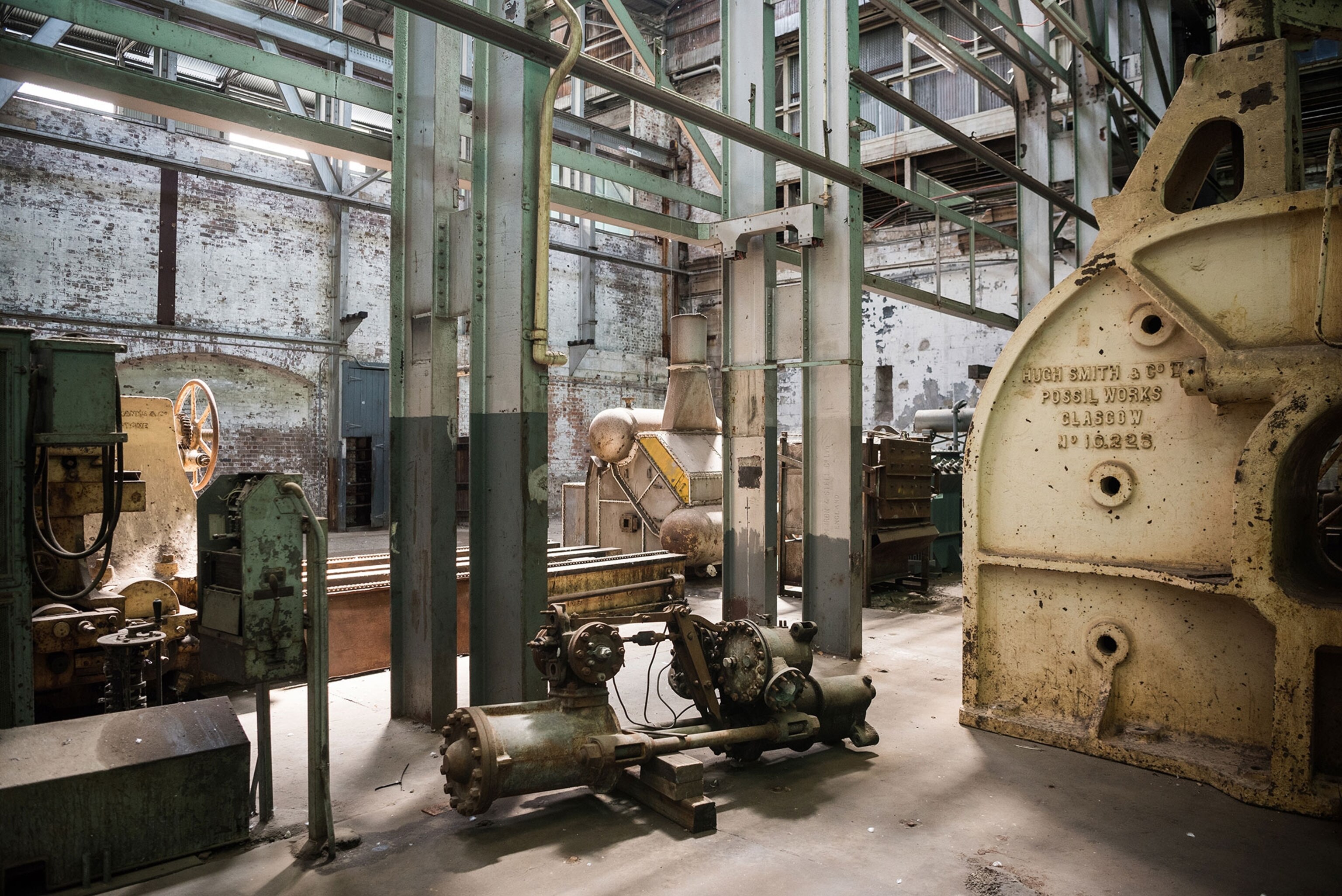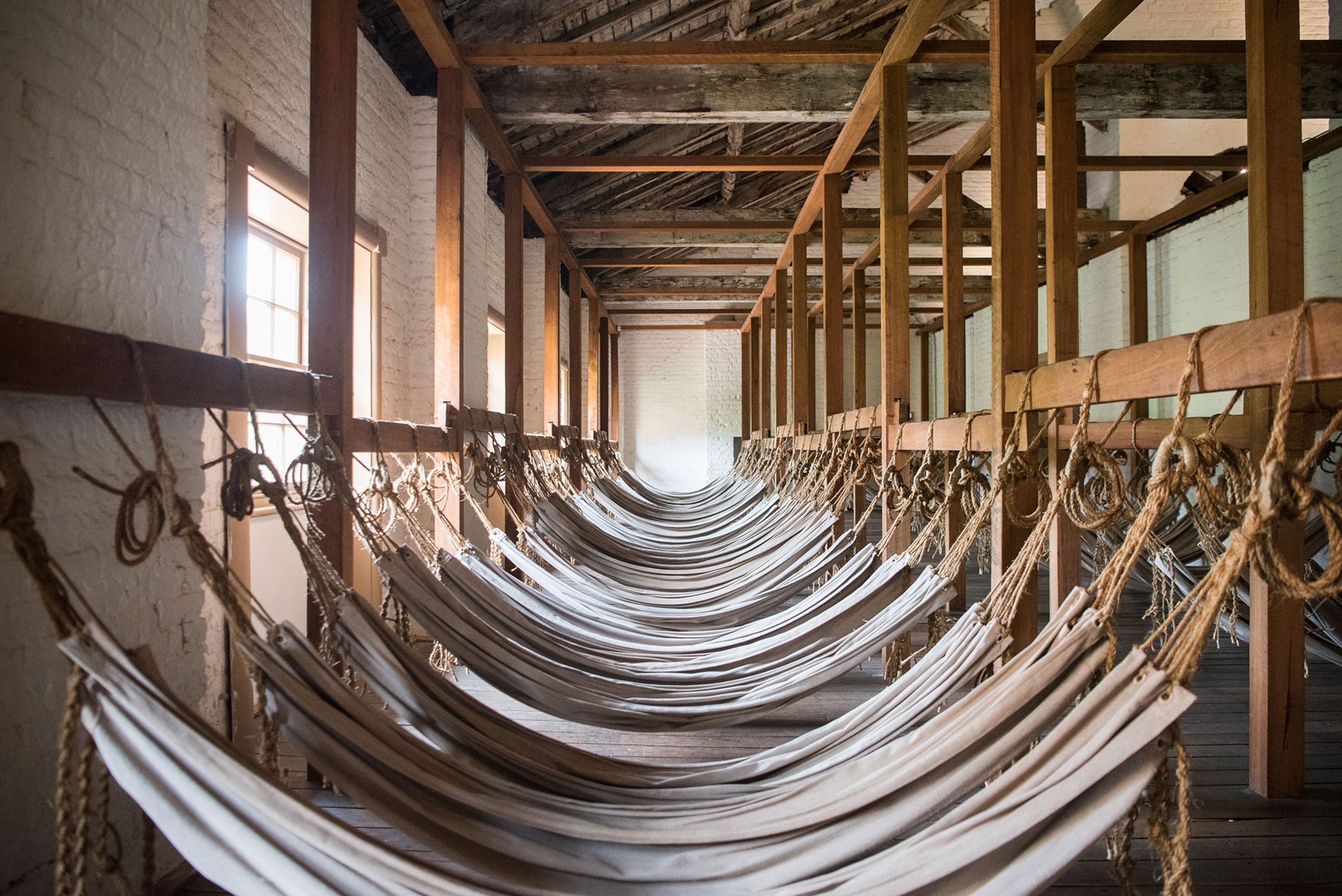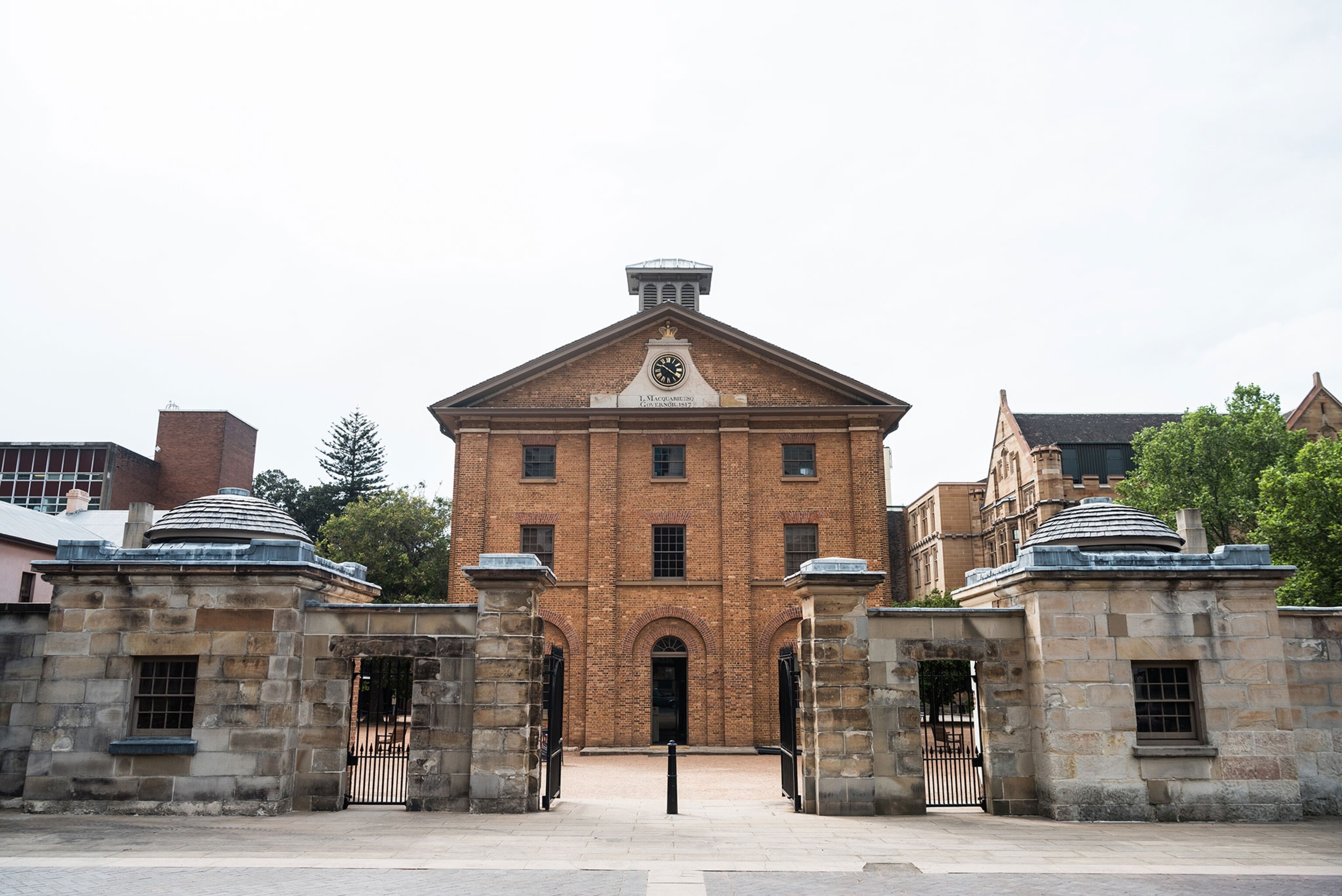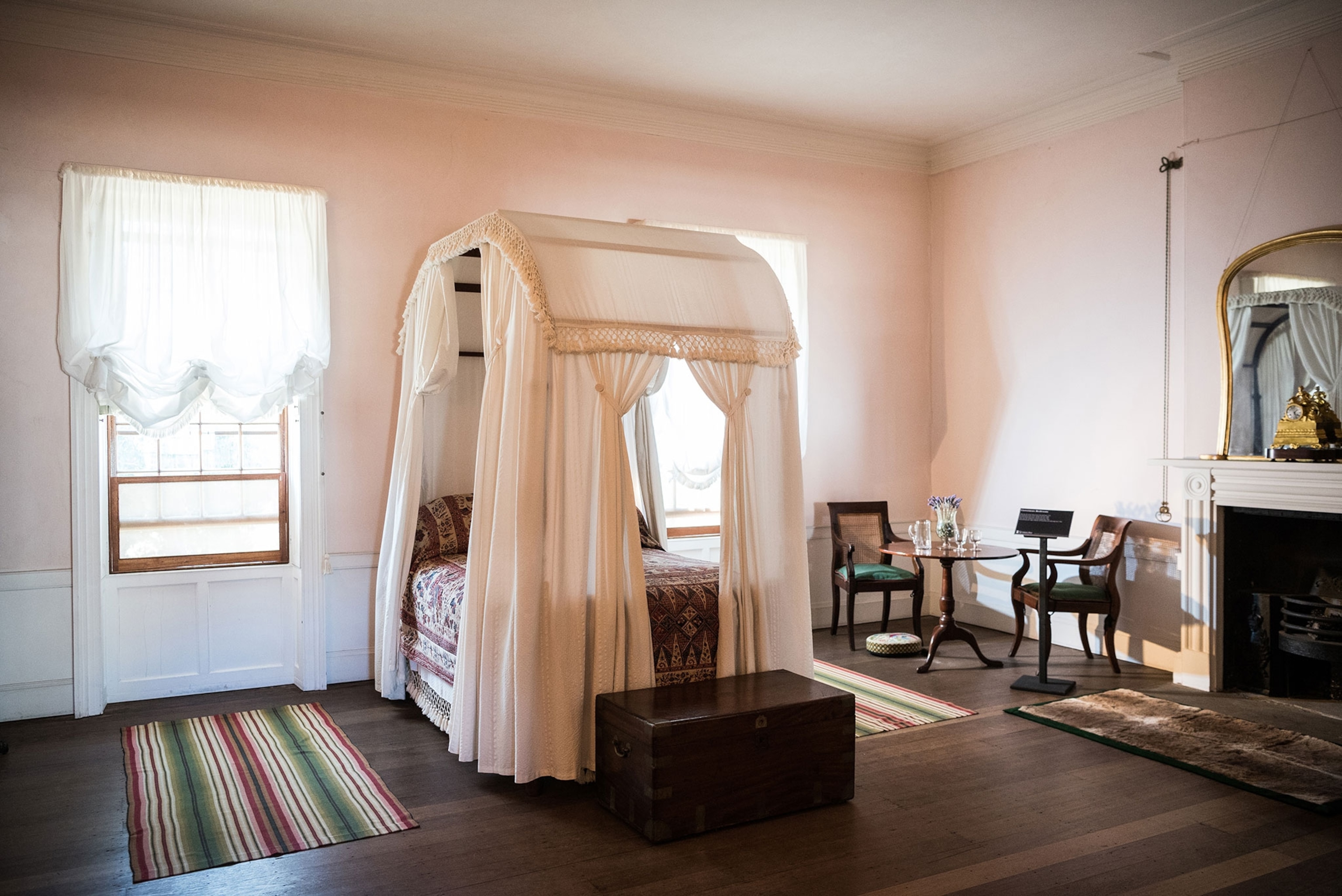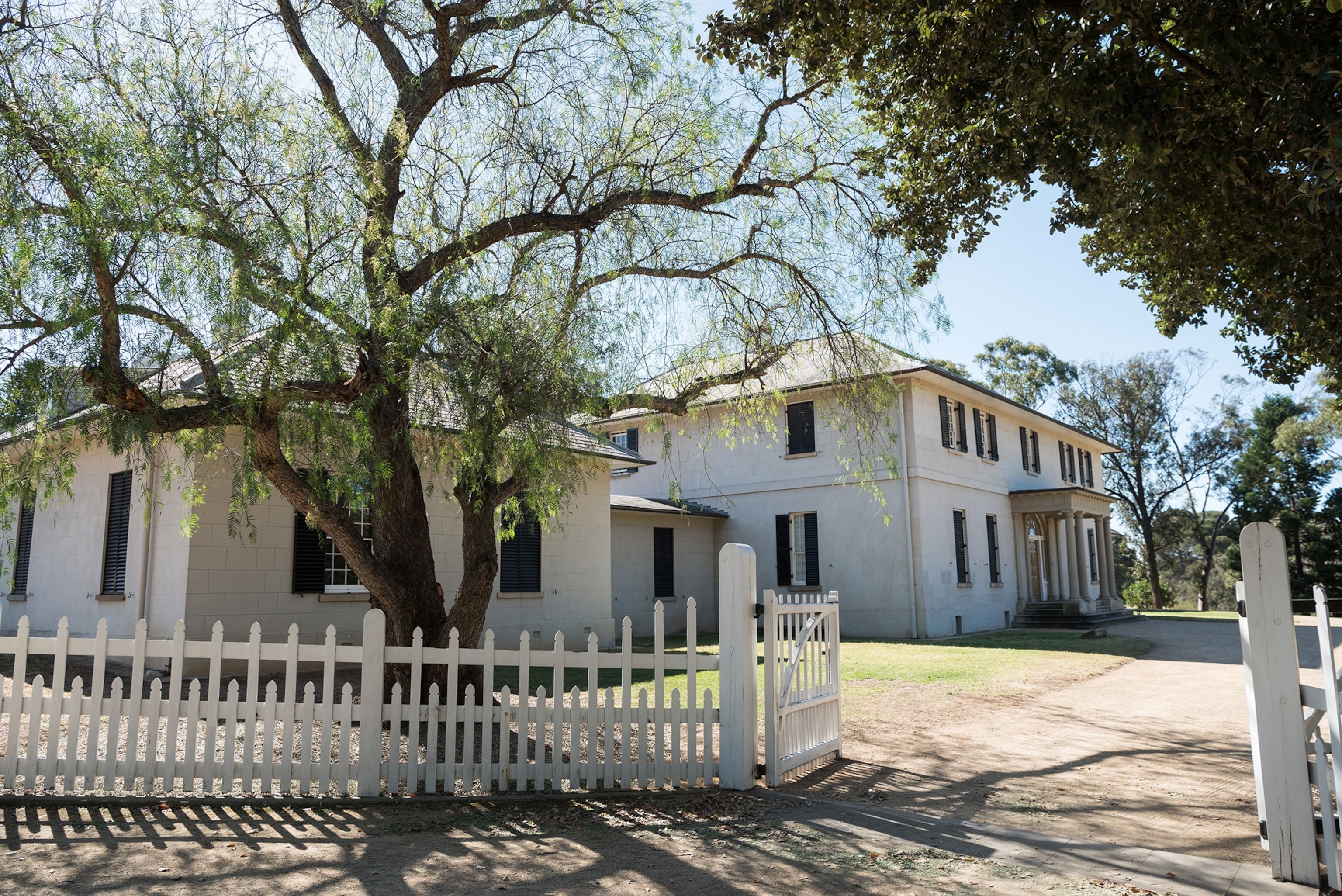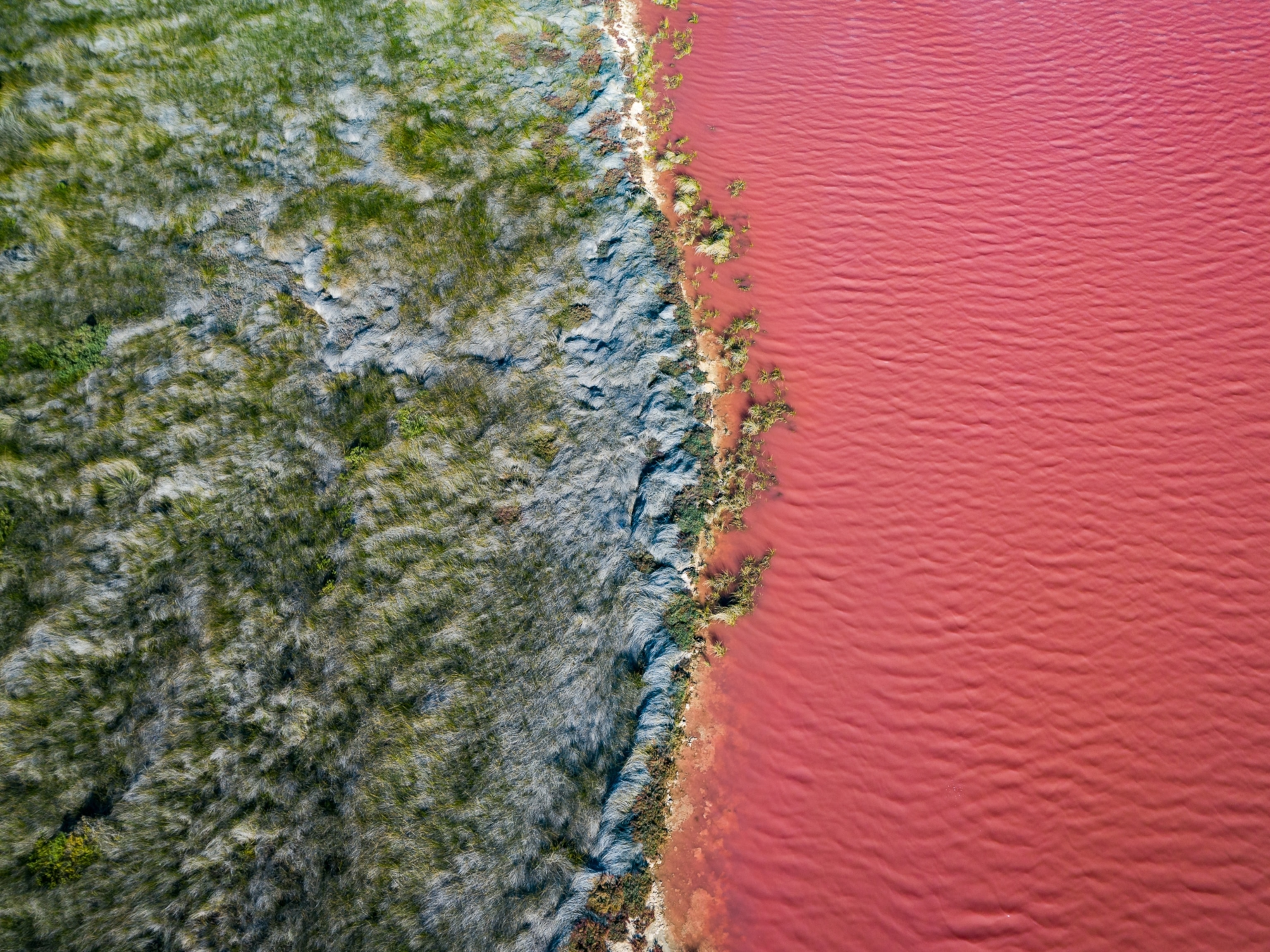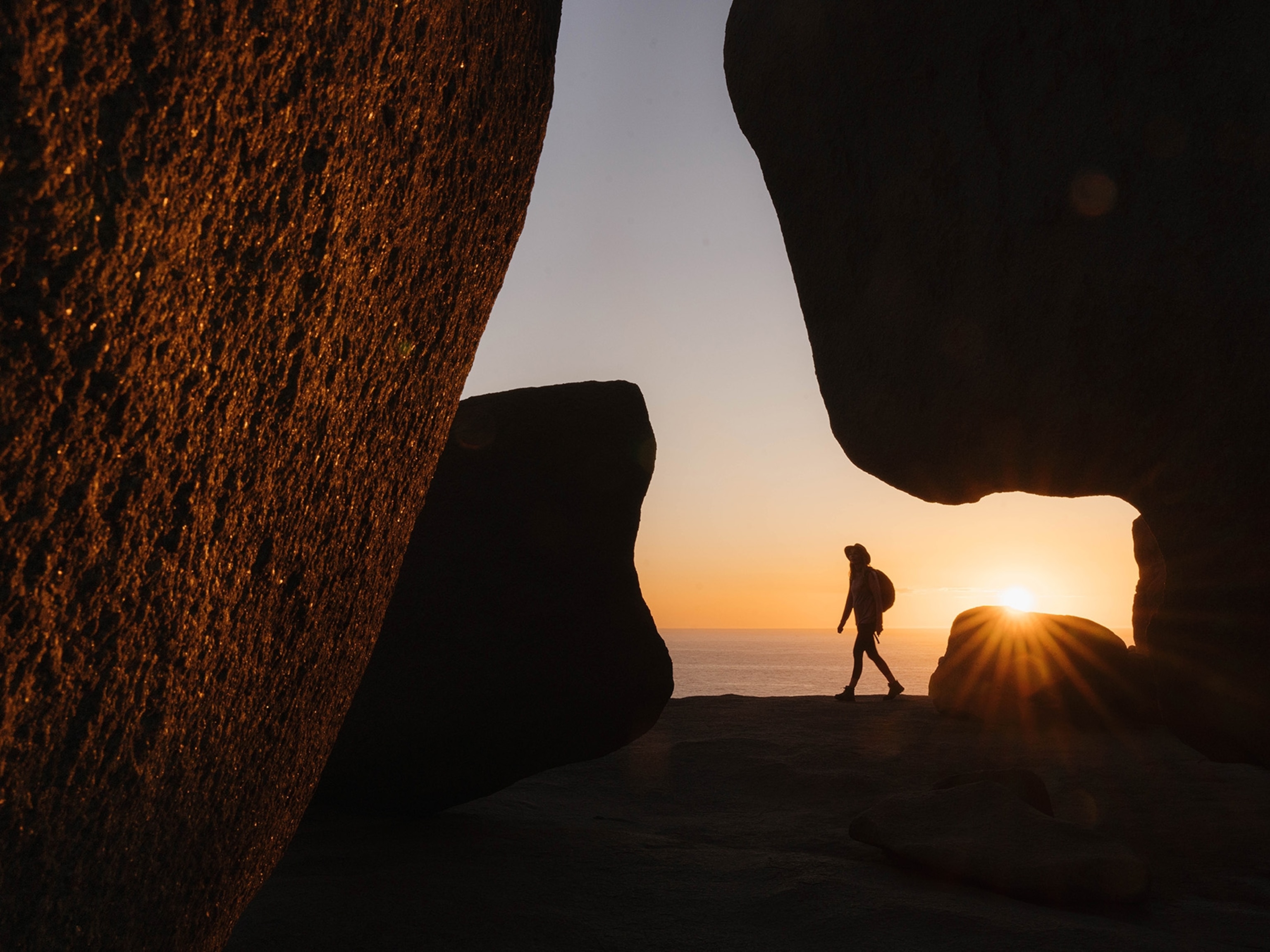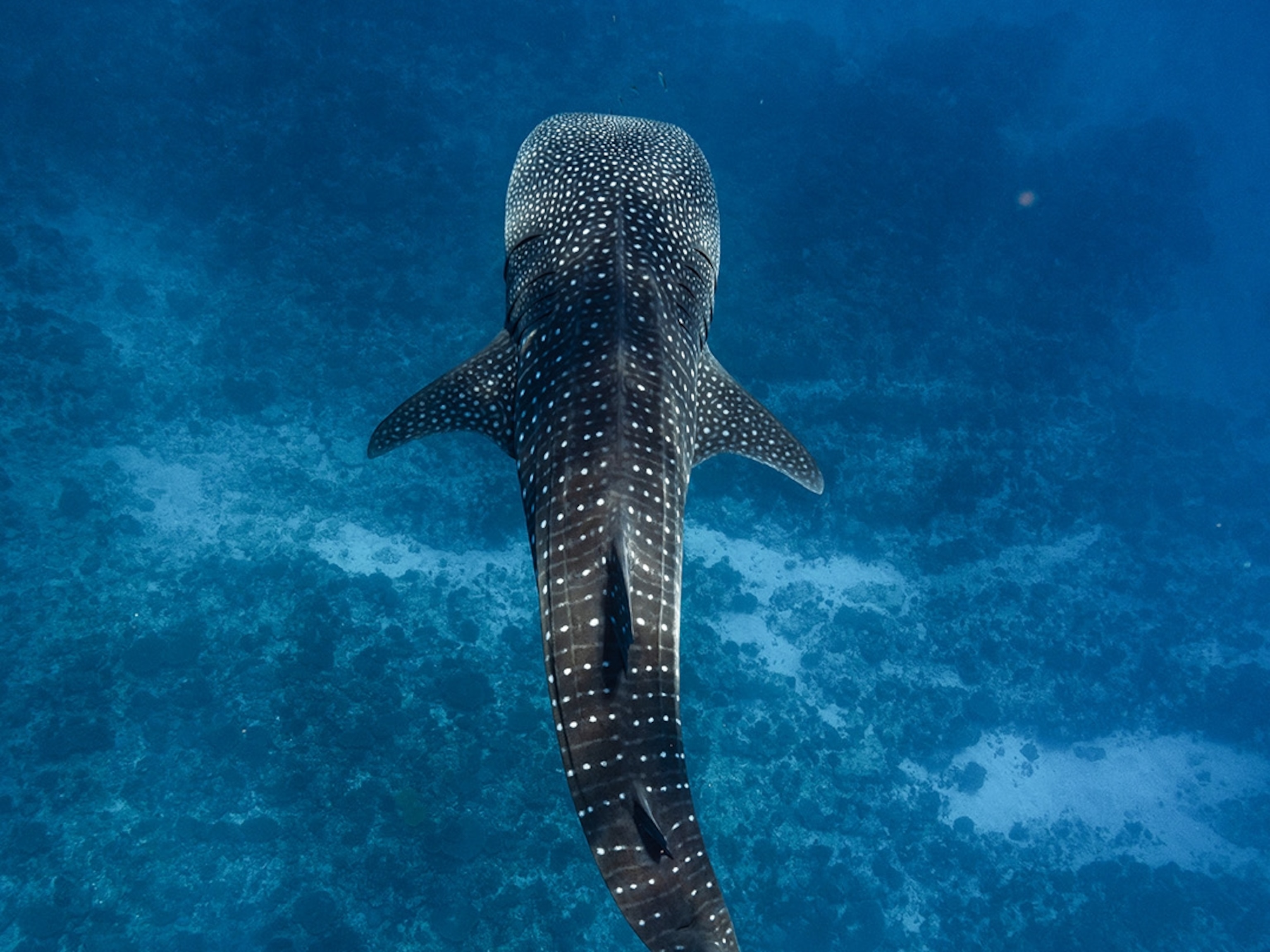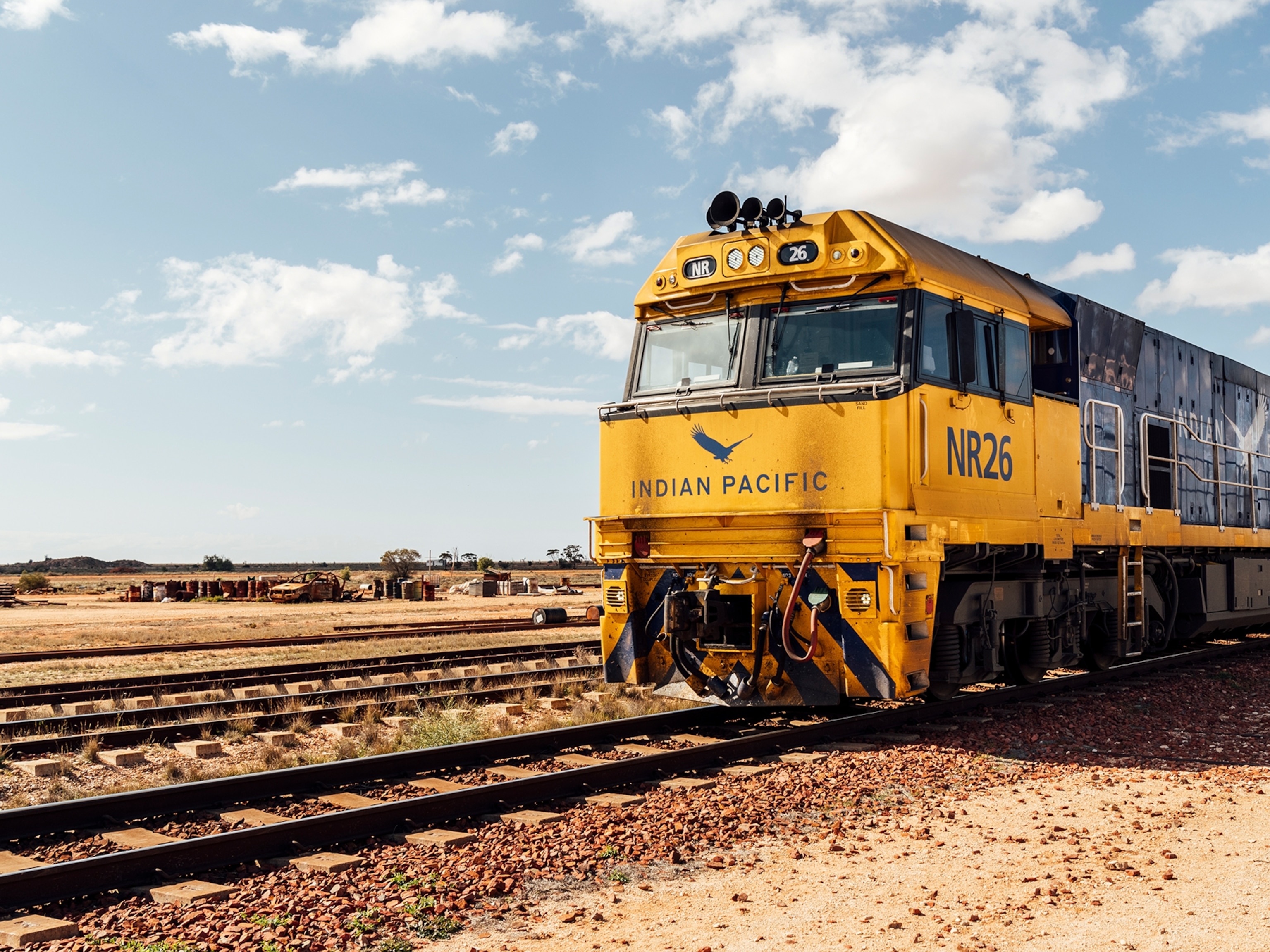Go Inside Australia's Former Penal Colonies
In 1788, 751 convicts and their families disembarked in the newly established British colony of New South Wales.
Site: Australian Convict Sites
Location: Australia
Year Designated: 2010
Category: Cultural
Criteria: (iv), (vi)
Reason: These 11 sites trace the birth of modern-day Australia from a collection of penal colonies for exiled prisoners through its transformation into a democratic nation.
On January 26, 1788, a ship landed in the newly established British colony of New South Wales, and 751 convicts and their families disembarked in a harbor in what would become the city of Sydney. The prisoners, exiled from Britain, were the first mass group of European settlers on the continent of Australia. More convict fleets arrived in the years that followed, and then the first ship of free settlers came in 1793.
About 166,000 men, women, and children were shipped to convict colonies over 80 years by the British justice system. They served as a cheap labor force and gradually built their own society. The prisoners included convicted thieves, military deserters, and political dissidents.
The establishment of the penal colonies also set up conflict between the arriving Europeans and the Aboriginal people, who were forced to retreat to less fertile and desirable lands. Meanwhile, although living in harsh conditions, the convicts were largely free of shackles—at least in the beginning—and many were eventually able to earn the status of free men and women.
Today, this checkered piece of Australia’s history has been preserved in some emblematic locations, including the 11 designated as UNESCO World Heritage sites.
In the heart of Sydney, the Hyde Park Barracks Museum offers a glimpse of the lives of the 50,000 convicts who lived there from 1819 to 1848, sleeping in two rows of hammocks in each room. The building, designed by architect Francis Greenway—himself a convict—was Australia’s first government-built convict barracks. It marked a shift from the early days of the penal colony when convicts were free to find their own accommodations to a more restrictive approach. After the transportation of convicts halted, the site was turned into a home for immigrant women, then into an asylum for the terminally or mentally ill, and finally into a courthouse.
A short ferry ride away, on Cockatoo Island, visitors can explore the history of convicts indentured into shipbuilding. From 1839 to 1869 the island operated as a penal establishment with harsh living conditions. The area has since become a popular camping site.
About two hours north of Sydney, tourists can walk the Old Great North Road, originally a 164-mile thoroughfare built by the labor of convicts—including chain gangs—between 1825 and 1836. The workmanship was impressive, with fine stone buttresses, culverts, and bridges, but the road was rarely used and quickly abandoned in favor of coastal steamers as a mode of transportation. Today, a 27-mile section of the road remains intact, running from Wisemans Ferry to Mount Manning. Closed to vehicles, it can be traversed by backpackers and mountain bikers.
- National Geographic Expeditions
How to Get There
The 11 convict sites are scattered, with four in New South Wales, five in Tasmania, one on Norfolk Island, and one in Western Australia. Some are easily accessible—like Hyde Park Barracks and Cockatoo Island. Others are more remote—like the Port Arthur Historic Site in Tasmania and Kingston and Arthur’s Vale Historic Area on Norfolk Island—and require driving or taking a bus, train, boat, or plane trip.
When to Visit
Many of these sites are indoors and can be visited year-round.
How to Visit
Tours and interpretive materials are available at each of the individual sites. You can also combine visiting the convict sites with other points of interest, either on your own or with an organized tour. For instance, you might combine a hike or bike tour of the Old Great North Road with a visit to Dharug National Park, or take an overnight trip to Cockatoo Island while visiting Sydney.
